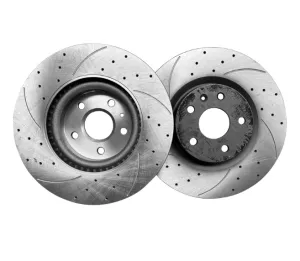On May 13, it was reported that the rubber industry is undergoing a revolutionary change, and many manufacturers have begun to find alternatives to synthetic fillers extracted from traditional fossil fuels to achieve sustainable development. For a long time, carbon black has dominated the rubber filler market. However, its price fluctuates greatly due to the influence of oil prices and is strictly regulated by the U.S. Environmental Protection Agency (EPA), which has caused a lot of trouble to rubber manufacturers.
In this context, a new type of sustainable alternative filler has attracted widespread attention in the industry. After in-depth research, scientists found that carbonized soybean hulls may become a cost-effective and environmentally friendly alternative filler. After being finely ground, soybean hulls are carbonized in a nitrogen environment, which can partially replace carbon black.
According to the Carbon Black Industry Network, during the experiment, carbonized soybean shells were partially mixed with N550. The results showed that this mixed filler hardly reduced the physical properties of the rubber compound. What is more worth mentioning is that the lighter proportion of carbonized soybean hulls provides the possibility of the final weight loss of rubber products. This feature is particularly important in today's general trend of pursuing lightweight, energy conservation and emission reduction.
In addition, the use of carbonized soybean hulls can effectively avoid the cost risks caused by fluctuations in oil prices, and because they come from renewable resources, they are not subject to strict supervision by the U.S. Environmental Protection Agency. At the same time, it is not a carcinogen and is highly sustainable. More importantly, its production and use will not pose any threat to the food supply.










